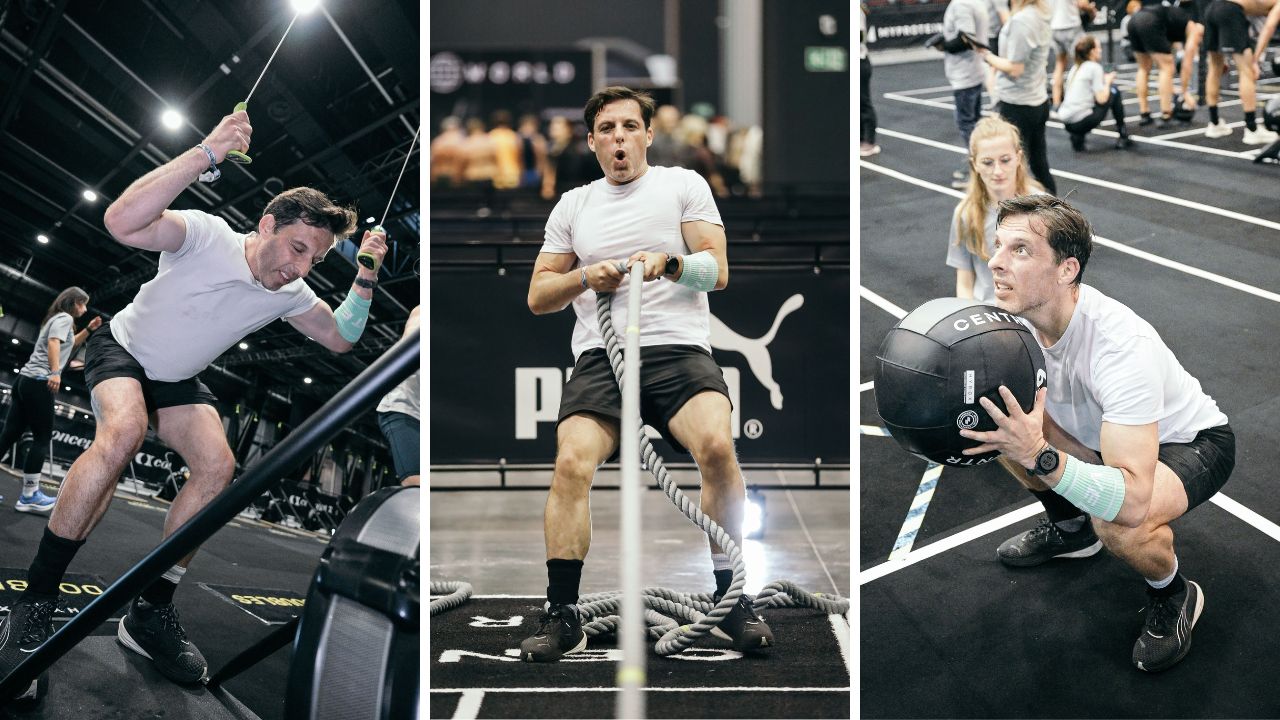Rugby is one of the hardest sports to train for because you need everything. You have to be strong enough to hit, powerful enough to sprint, fast enough to chase, and fit enough to do it all again a minute later. Most players never quite master this mix. They’ll lift weights and do some short fitness work, but rarely build a genuine aerobic base.
This is a mistake. Aerobic fitness isn’t just for marathon runners or cyclists. It’s one of the key drivers of how well you recover between sprints, tackles and rucks. The better your aerobic system, the faster you clear fatigue and the longer you can keep playing near your top level.
The aerobic system is basically your engine. It’s the process that uses oxygen to turn fat and carbohydrates into energy. The more efficient it becomes, the less you rely on the short, painful anaerobic bursts that flood you with lactic acid. When you see players still working hard late in the game while others are done, that’s aerobic development.
This is what I noticed that separated the levels in Rugby, at my tiny welsh club in Llangollen, the props were miles behind us wingers. As I trained at national league 1 and 2 the props were not just way bigger, but they were also next to me on the runs.
So how do you train it?
If you’re totally new to aerobic training, start with simple steady runs or bike rides. Keep your heart rate in what’s called Zone 2, where you can still talk in full sentences. It’s not glamorous, but it’s the foundation every elite athlete builds from. Cyclists and endurance runners can do hours of this because their joints can handle it. For rugby players, 30 to 45 minutes two or three times a week is plenty.
As you get fitter, you can start layering in threshold and VO2 max work. A great all-round aerobic session is the 4×4 method: four minutes hard, four minutes easy, repeat four times. You can do it on the assault bike, the rower, or running on a pitch. This develops the higher end of your aerobic system, improving recovery between sets and bursts in a game.
Then there are rugby-specific options. The classic is the Bronco Test, five 20-40-60 metre shuttle sets repeated five times, aiming for your best total time. This is a brutal test of aerobic capacity with a change-of-direction element, hence directly tied to match demands. You can also use broken runs like 10×100 metres with 30 seconds rest, or 3×6 minute blocks of continuous shuttle running with short recoveries.
A good aerobic base also helps your strength and power training. You recover faster between gym sets, handle higher workloads, and bounce back better from heavy training weeks. It’s the glue that holds the rest of your program together.
What this means for you
Rugby players love the hard stuff – sprints, contact, lifting heavy – but ignore the quieter aerobic work that makes everything else better. The goal isn’t to become a long-distance runner, it’s to build a base that lets you repeat your power efforts all game long.
If you’re serious about improving your fitness, dedicate part of your week to proper aerobic conditioning. Mix one Zone 2 style session with one higher intensity session like the 4×4 or a Bronco variant. You’ll soon notice your game speed lasts longer, your recovery between drills improves, and you simply feel more in control of your body on the pitch.
Photo – Now I now longer playing, Hyrox is my personal sport, which is an aerobic event with high intensity exerises within it (just like rugby). Here are some shots from Gdansk last weekend.

*******************************************
For support, training plans or simply to ask a question please contact me.
***********************************************
For Rugby Fitness Training, Rugby Training and Rugby Fitness talk ensure you are subscribed to the newsletter here on Rugby Fitness Training
***************************************